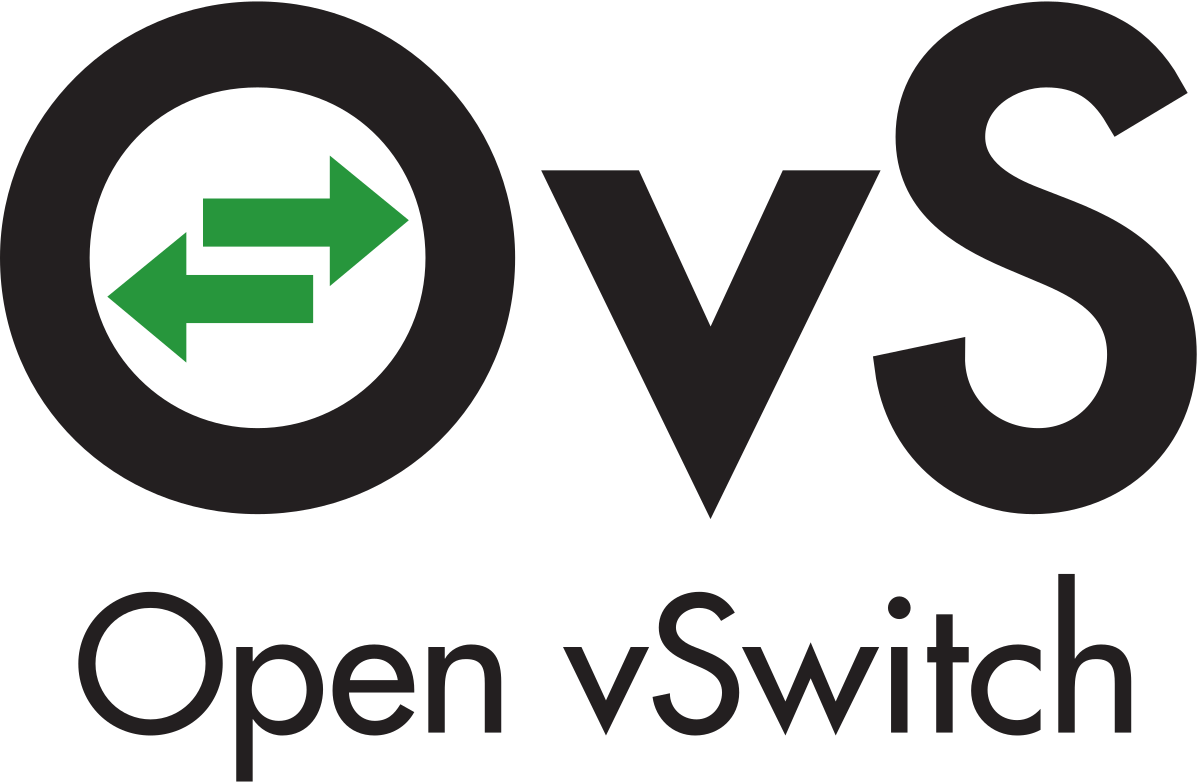Open vSwitch — The Virtual Switch That Became a Standard
General Information
Open vSwitch (OVS) is an open-source switch built to work inside virtual environments. At its core it behaves like a physical switch, but because it’s software, it comes with extras: tunneling, VLANs, programmable flows. It first appeared as an add-on for KVM and Xen, and now it’s part of almost every serious cloud stack. If a team is building OpenStack or Kubernetes clusters, chances are OVS is somewhere in the network path.
How It Works
OVS plugs in between virtual machines and the physical NICs. Every packet that leaves a VM can pass through flow rules — these rules decide whether it gets forwarded, tagged, tunneled, or dropped. OVS understands protocols like OpenFlow and OVSDB, so controllers can push dynamic policies. That makes it a core building block in SDN setups, where the control plane is separate from the data plane.
Main Functions
| Function | Why It Matters |
| Virtual switching | Lets VMs talk as if they’re on a physical switch. |
| VLAN and tunnels | Supports VLAN, VXLAN, GRE, Geneve for overlays. |
| Flow rules | Flexible packet handling using OpenFlow. |
| Integration | Hooks into KVM, Xen, Docker, OpenStack, Kubernetes. |
| Monitoring | Exports NetFlow, sFlow, collects counters. |
| Kernel datapath | Fast packet forwarding in the Linux kernel. |
Installation Notes
On Ubuntu/Debian it’s straightforward:
sudo apt update
sudo apt install openvswitch-switch
sudo ovs-vsctl add-br br0
sudo ovs-vsctl add-port br0 eth0
On RHEL/CentOS:
sudo yum install openvswitch
sudo systemctl start openvswitch
Many distros already ship OVS, and for custom builds it can be compiled from source.
Real-World Use
Admins usually reach for OVS when plain Linux bridging isn’t enough. Need tenant separation with VLANs? OVS does it. Want to connect workloads across sites with VXLAN? Also doable. In OpenStack and Kubernetes, OVS is often the default backend for overlay networks, so even if you didn’t plan for it, you end up managing it. Exporting NetFlow/sFlow is another common task — traffic gets mirrored to a collector for security or capacity planning.
Weak Points
The power of OVS comes at the price of complexity. Flow tables can be hard to debug, and for high-throughput setups you might need hardware offload or smart NICs. Also, while the project is mature, troubleshooting requires solid networking knowledge — it’s not a plug-and-play tool.
Comparison
| Tool | Platforms | Strong Side | Best Use |
| Open vSwitch | Linux/Unix | SDN-ready, programmable flows, overlays | Cloud and data center networks |
| Linux Bridge | Linux | Simple, built-in, minimal setup | Small labs, lightweight VMs |
| VMware vSwitch | ESXi | Tight VMware integration | VMware-based infrastructures |
| Cumulus Linux + HW | Network switches | Hardware acceleration | High-performance fabrics |

